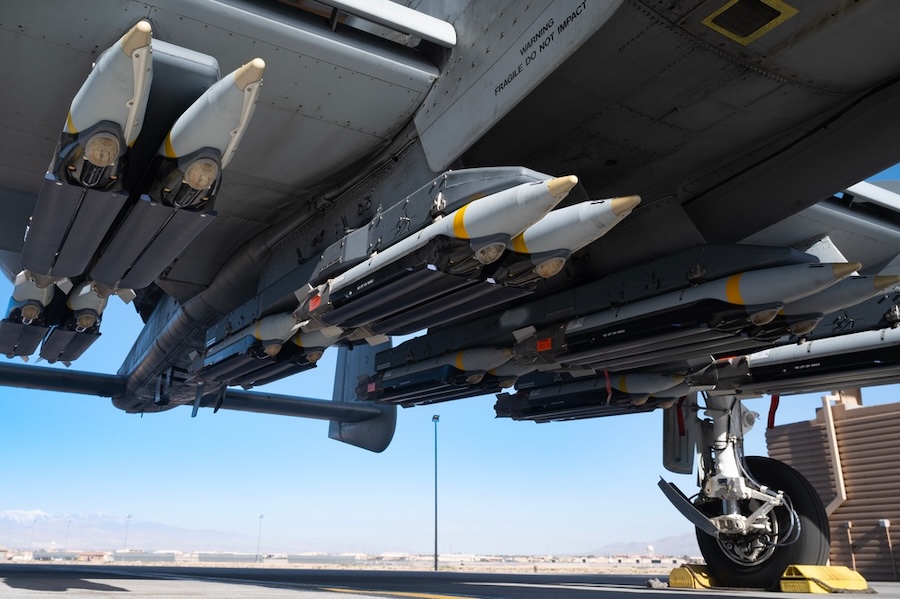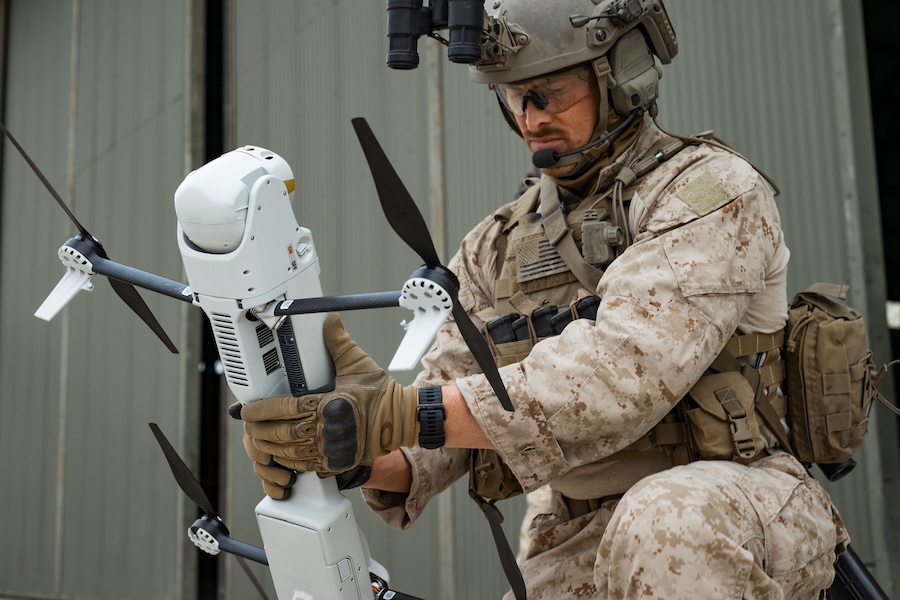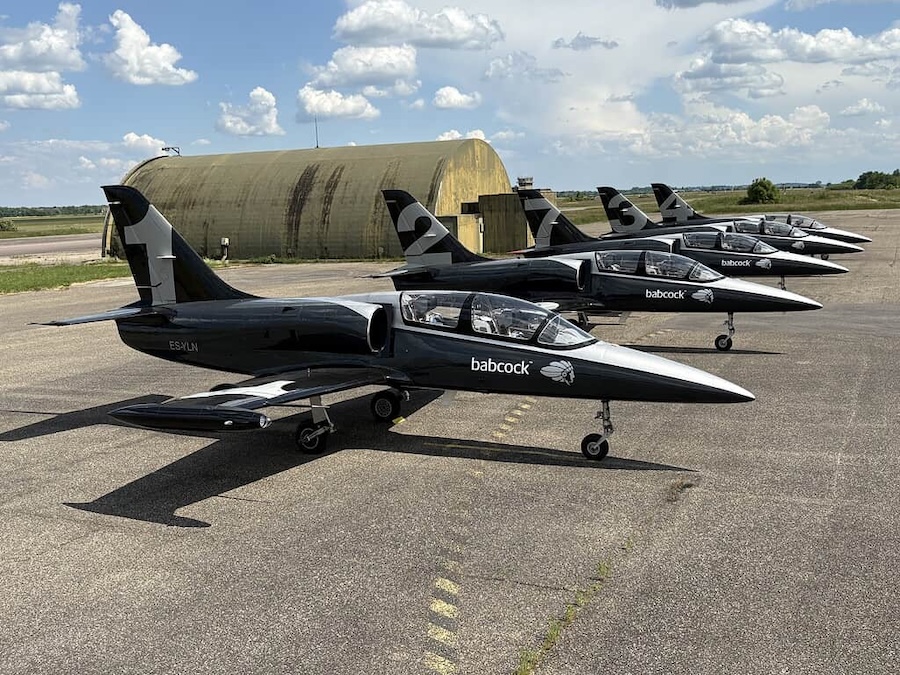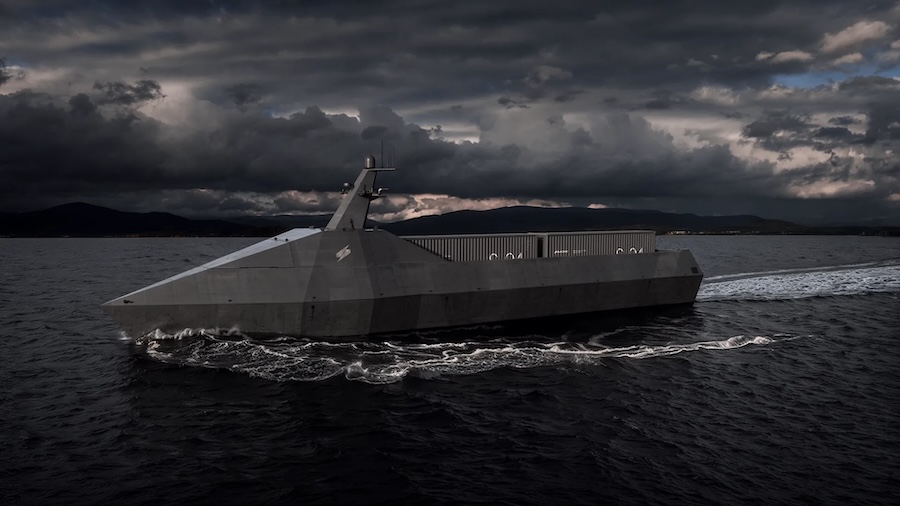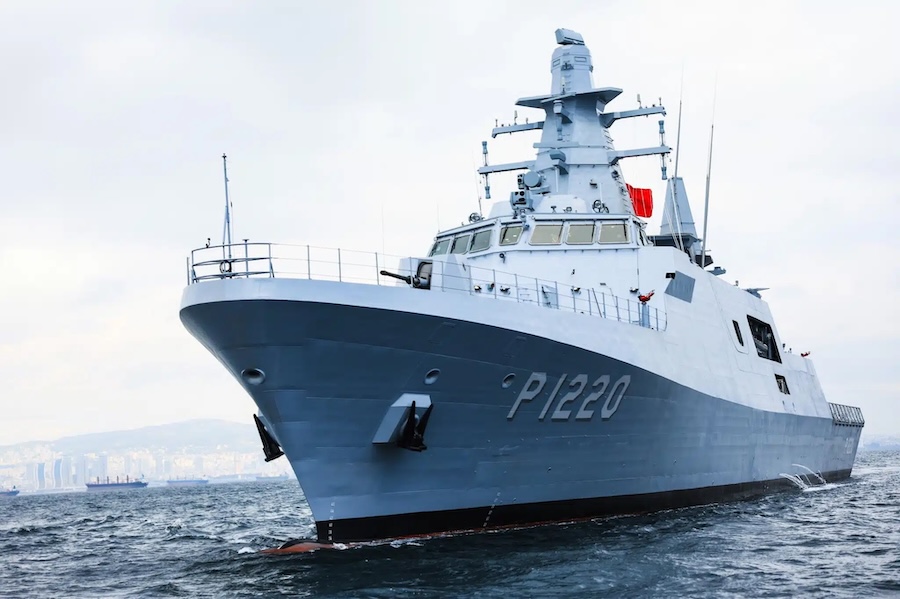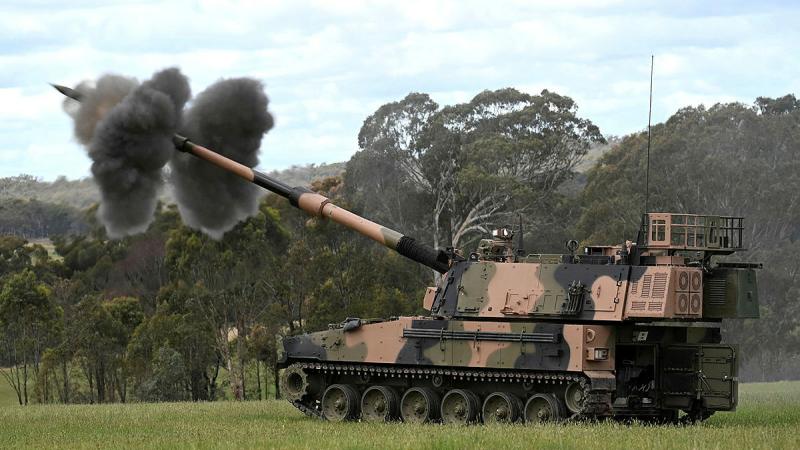“Our senior leaders in the departments have said, ‘We can’t do this alone, we need to have allied forces to go with us,’” said Gary North, vice president of Lockheed Martin Aeronautics Customer Requirements, at the Air and Space Forces Association’s Air, Space and Cyber Conference. He added: “That data stream across what we call airspace integration is extremely important, and the policy capability to be able to share that data across our partners and allies is absolutely critical.”
North noted that the Air Force and Space Force must approach deterrence “from an industrial standpoint, to provide that capability to our military partners and allies around the world.” Lockheed Martin said its focus remains on delivering secure data streams across its aircraft platforms.
O.J. Sanchez, vice president and general manager of Skunk Works, Lockheed Martin’s advanced projects division, highlighted recent progress with the F-35. “Whether it was with Denmark or with the Netherlands, or through [NATO exercise] Ramstein Flag, all those underpin this idea of how do we connect both platforms, teamed and unteamed, or manned and unmanned, and do it with high-quality data through sovereign systems? That’s going to be key to this future, and we’re working on those aggressively,” he said.
Rod McLean, vice president and general manager of air mobility and maritime missions, confirmed that a “new, improved” communications suite for the C-130J transport aircraft will be introduced later this year. He said the upgrade is intended “to provide and enable secure data and communications” while enhancing operational capability.
The importance of integration was also stressed by Jeffrey Harrigian, vice president of business development analysis at Skunk Works. “We’ve talked about it from a secure data perspective, but ultimately, helping our services think through the right capacity and capability requirements, the force design piece of it, that allows them to ensure, collectively, [that] we optimize each of those platforms and how they connect and generate effects that meet the mission requirements will be key to any success that will be a part of our future as not just an Air Force, but the Joint Force,” he said.
Source: National Defense Magazine.









